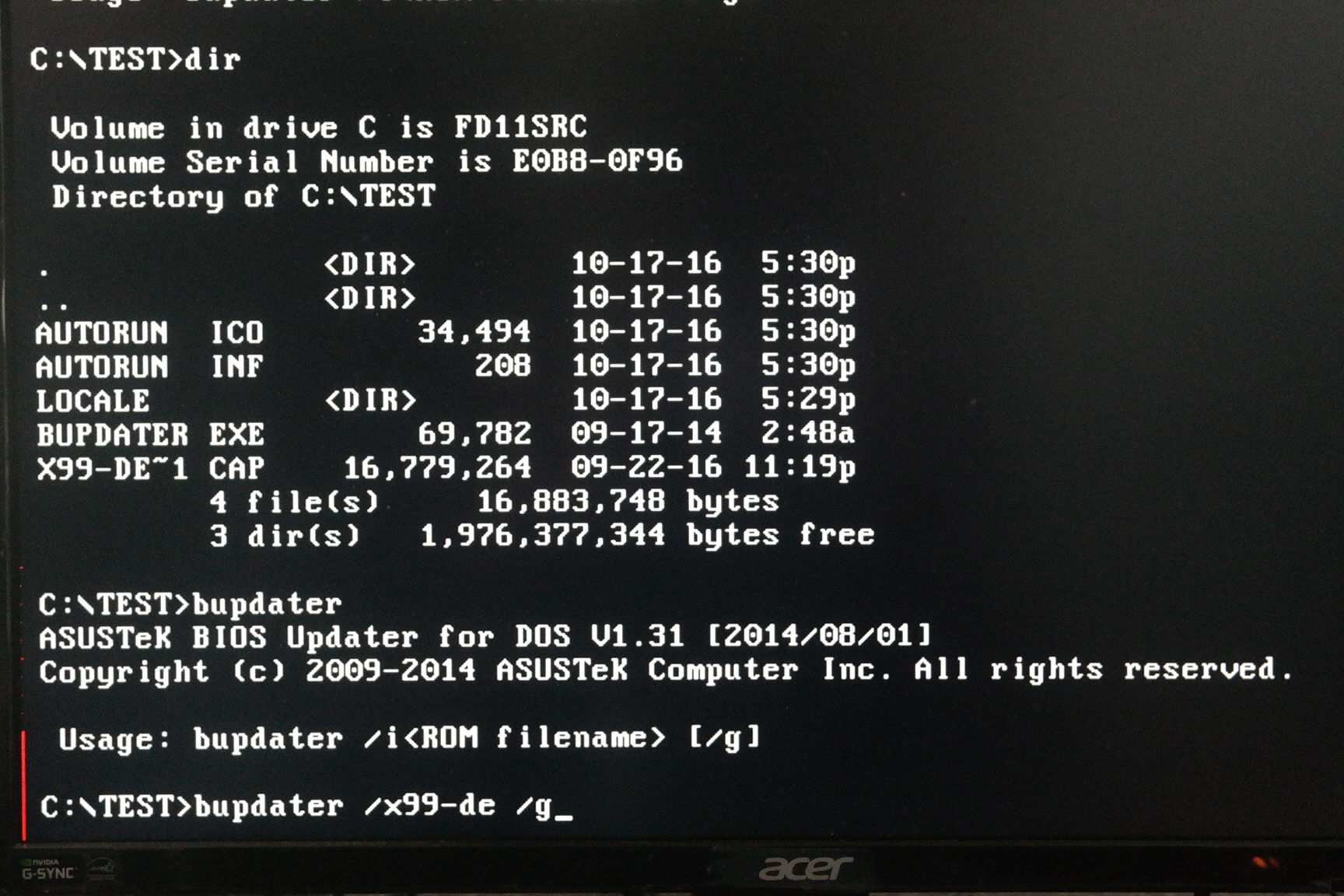After a few swings, you know exactly where the ball is going to be every time. This helps to work on fundamentals and to make sure that you have good form. While this helps with improving your game, it can only get you so far. Just like coding and testing, you need to keep in mind some code review best practices as well. The main objective of testing is not to check the code, but to check whether the application works perfectly or not. If you believe code reviewing isn’t required as long as you are testing then the below-mentioned benefits may sway your mind towards thinking differently. The main objective of code review is to detect mistakes, catch early bugs and ensure that the code follows the standard practices.
You Can Build Your Own Emergency Mute Button For Microsoft Teams
The key advantage of penetration testing is that it is risk-based. During the reconnaissance stage, the pentester learns about the customer’s business through the web application. It helps to identify high-priority risks and build business-specific test cases. For example, if the target application is a local search engine website, the pentester will prioritize vulnerabilities that lead to data mining attacks over XSS vulnerabilities.
Depending on the number of threads, the size of the generated dataset using such analysis (instrumenting the MPI send/receive calls) can be extremely large. In contrast, a dynamic analysis aims at uncovering metrics of “performance” that are inherently tied to the execution of the code. There is a wide variety of metrics that are of interest, and analyses such as code profiling are supported by instrumentation of either the source code and/or of its binary executable form.
- Make sure you highlight the positive aspects of the code while suggesting alternatives for drawbacks.
- The final consideration is about how feedback should be given in the code review process.
- It is easy for code reviews to get stuck in limbo, leading to being less efficient and even counter-productive.
A tool like PMD is what measures the cyclomatic complexity of code. The truly brilliant developers will see the new path and embrace it for what it is, a way to get to the “good lazy.” Difficult, and expensive to maintain, pieces of code are broken up into smaller chunks. Different patterns of coding begin to appear, valuing the simple and direct over the convoluted and obfuscated. Given the diversity and possibly the huge volume of the data uncovered by dynamic analyses it is not uncommon for tools to generate aggregate summary data or to simply focus on selected metrics of performance. A specific example includes metrics such as number and size of messages exchanged between concurrently executing threads in MPI programs.
Useful Source Code Editors Reviewed

By switching our code review to the terminal, we can now edit files, jump to other files, and run arbitrary commands at no cost. You can read more about how we integrate with SonarQube and other static analysis toolshere. To see this integration and our other plugins in action,sign-up for a free trialorwatch this recent webinarwhere we discuss static vs. dynamic analysis in more detail. These address runtime vulnerabilities that occur due to variations in business context. For example, the code snippet from above would be flagged by dynamic code analysis. Let’s start with a sporting analogy to help illustrate the difference between these two methodologies. Static code analysis is analogous to practicing your baseball swing with a practice net and a pitching machine.
Moving A User Profile To Another Drive In Windows 7
It can be termed as a two-way communication where both the coder as well as the person who reviews the code learns from one another and remove any potential mistakes which may later impact the product. The production might also further include specific file extensions that require specialized software. As discussed earlier, an initial conversation about what is being produced can help reduce redundant iterations and associated costs for the client. In answering the second question, counsel should deliberate on where, geographically, is it most cost-effective for the client to produce the code. This could be in a city where the producing party’s counsel are primarily located, where the receiving party’s counsel are primarily located or a city in which the technical experts are located. For large production sizes, counsel should consider hosting the production closer to where the technical experts are located – which can greatly reduce costs of travel and logistics.
Limiting the number of reviewers who can be given access to the source code is a very useful stipulation to consider when negotiating a protective order. The limit on number of reviewers can be enforced either explicitly in the protective order or indirectly through limiting the number of computers on which code is produced. This process can take some time, depending on the project size, but usually you only have to do it once. Later cached data is used, so only changed files will be reparsed. Why working on Chrome VLC Player made me develop a tool for reading source code. Briefly, the tool was created out of frustration from working with large code bases .
Manual code reviews reduce risky high level decisions such as the use of suboptimal architectures. They also support a collaborative culture and peer feedback. When reviewing on GitHub, the code is completely static—you can’t change it. Also, because the code is coming from GitHub’s servers, it’s laggy when you click around to view related files.

Оставить комментарий